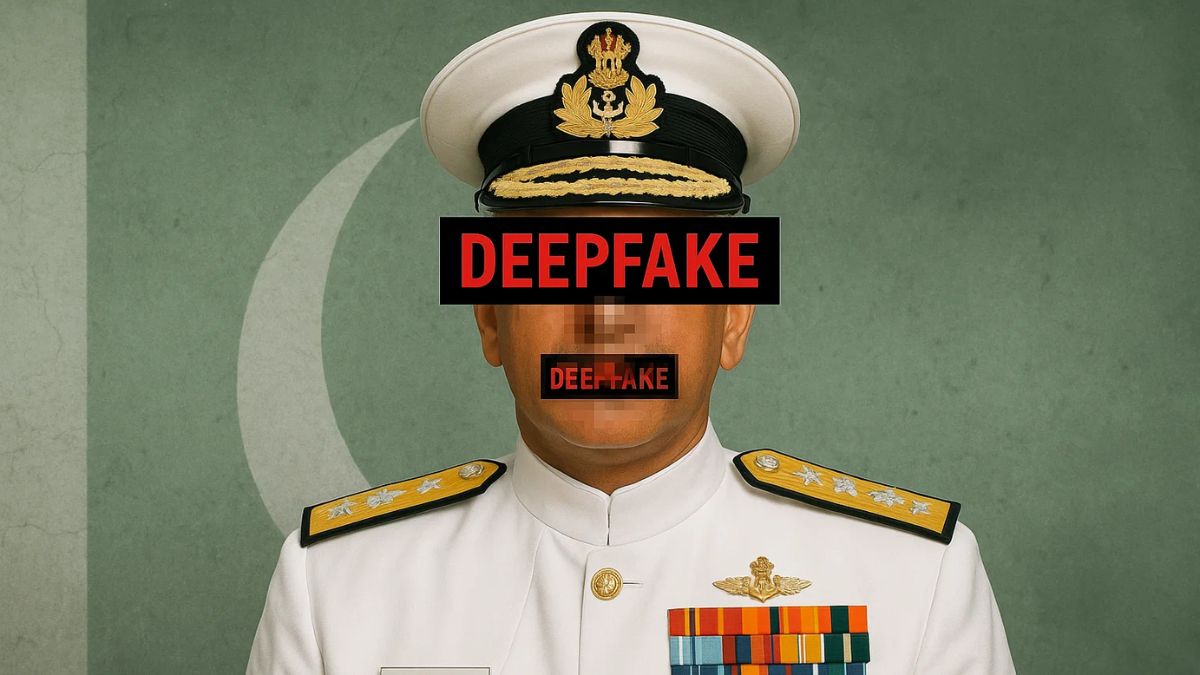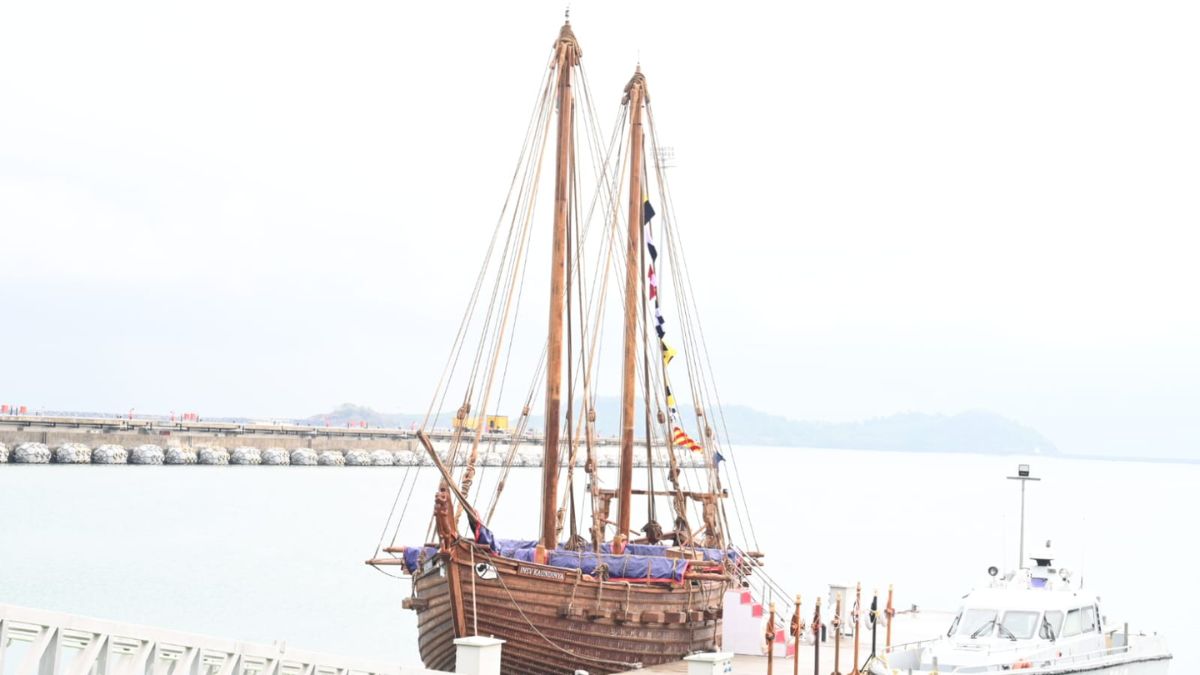The New Agosta? Why Pakistan’s Hangor Deal Risks Becoming Another Corruption Scandal

The multi-billion dollar deal for Hangor-class submarines is dredging up memories of the Karachi Affair— corruption scandal concerning the Agosta-class subs Pakistan acquired. Image courtesy: RNA
When Pakistan finalised its contract with China in 2015 for eight Hangor-class submarines, it was hailed as the largest naval acquisition in the country’s history. The project, split between four submarines built in China and four assembled at Karachi Shipyard and Engineering Works, was meant to strengthen Pakistan’s underwater deterrence and deepen naval ties with Beijing.
But for many Pakistanis, the Hangor programme is stirring uncomfortable memories of the Agosta-90B scandal. That submarine deal in the 1990s was later revealed to be riddled with kickbacks, implicating senior naval officers and political elites. With the Hangor project worth billions, and with limited transparency around pricing and contracts, questions about accountability and corruption are resurfacing.
Why is the Agosta scandal relevant today?
The Agosta-90B deal, signed with France in the 1990s, became infamous when investigations uncovered extensive kickbacks. A former Navy chief was indicted, and the case highlighted how large defence contracts can become vehicles for private enrichment.
The Hangor project shares some of the same risk factors: it is a mega-contract signed between governments, shielded from open competition and exempt from normal public procurement rules. Such opacity creates fertile ground for commissions, inflated pricing, and unaccounted “variation orders” once construction begins.
What do audits say about defence procurement?
Pakistan’s Auditor General has repeatedly flagged irregularities in defence accounts. In the 2021–22 cycle, the Auditor General reported irregularities worth around Rs 25 billion across the armed forces, including issues in the Navy’s procurement. In 2023–24, further weaknesses were noted, including poor financial controls within the Defence Division.
These findings may not specifically cite the Hangor project, but they underscore a pattern: large sums are moved through opaque channels with limited oversight. When combined with an acquisition of this magnitude, the risks multiply.
How could the Hangor project be misused?
Beyond the headline price of the submarines themselves, there are numerous ancillary contracts: spares, shore support, simulators, training packages, and future upgrade kits. Each of these becomes a potential revenue stream for middlemen or favoured contractors.
Historically, Pakistan’s defence housing schemes and other perks have been linked to procurement deals. The danger is that sailors will inherit noisy, unproven submarines while elites extract profits from the paperwork.
Why does this matter for citizens?
Pakistan is paying for the Hangors at a time of deep economic distress, with International Monetary Fund conditionality tightening spending elsewhere. When billions are tied up in opaque deals, the cost is borne by ordinary taxpayers who see reduced investment in food, energy, and social services.
The lesson of the Agosta scandal is that when accountability fails, both the military’s reputation and the nation’s finances suffer. Unless transparency is enforced, the Hangor project risks becoming not just a strategic gamble, but another chapter in Pakistan’s history of procurement corruption.







